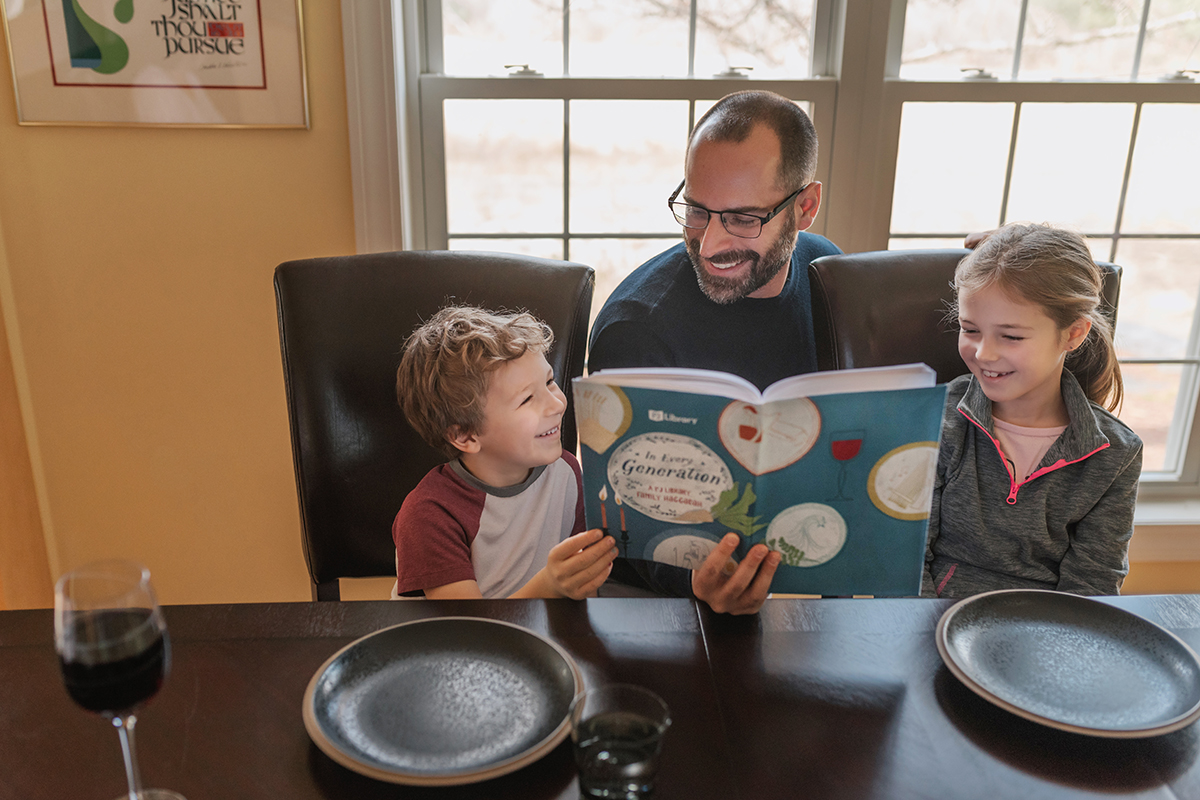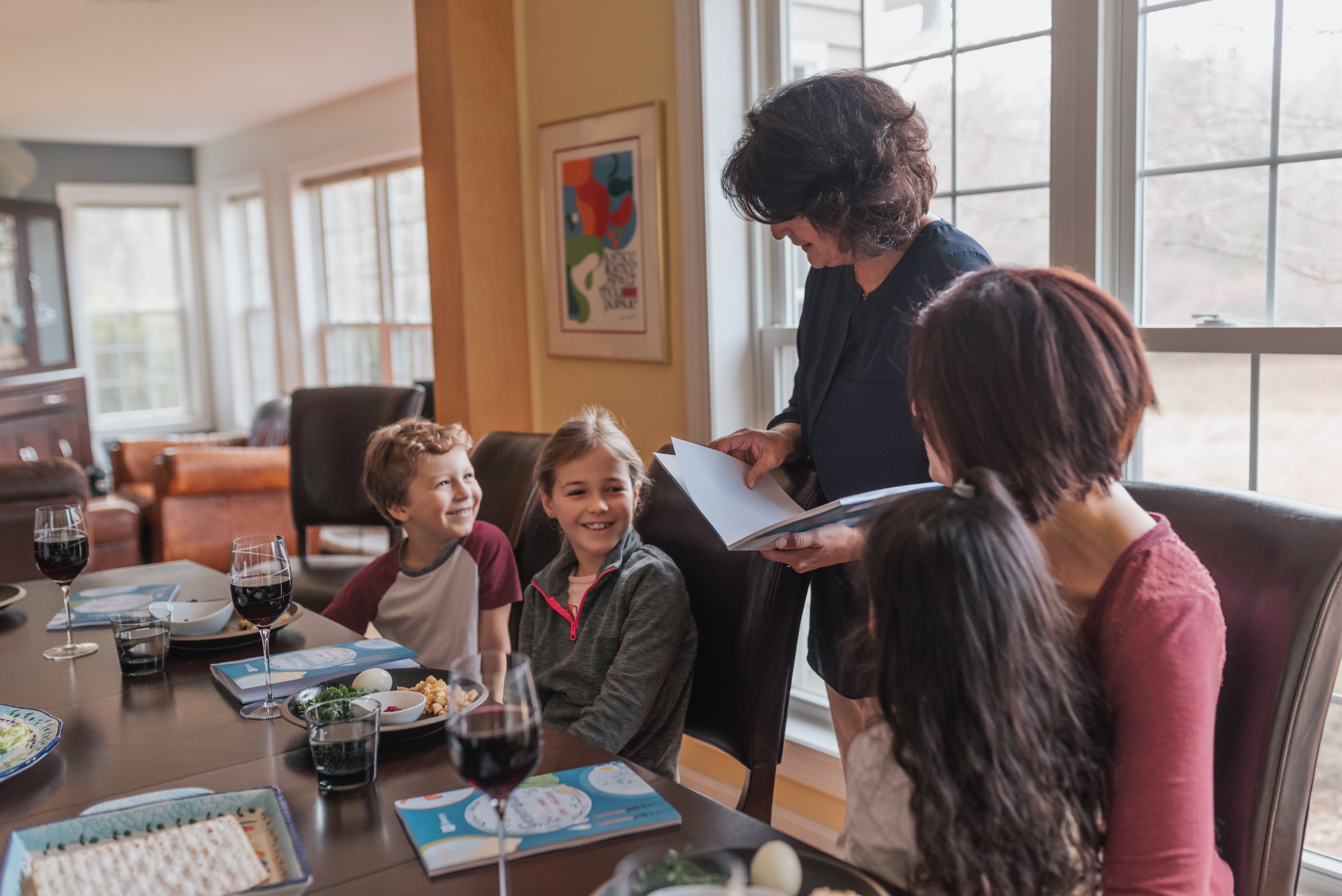The Pesach seder, the traditional meal and celebration for Pesach, is designed to be an experience for everyone. It includes stories, questions, explanations, special foods, and even a game of hide-and-seek. The Haggadah, the traditional guidebook to this special night, includes a reminder that on the seder night, everyone should be welcome at our table.
You can also watch this short video from BimBam for a seder crash course
Children are active participants in the seder from start to finish. The night opens with the Four Questions — and reciting them is a child’s special job. Families have different fun ways of involving the kids throughout the seder, from rewarding asking questions about the Exodus with treats to acting out the Pesach story. If you’re attending a seder for the first time, or your children have questions about what to expect, you can use this short guide to learn more about the main components of the seder.
Related: Acting it Out: An Awesome Kid-Friendly Seder Idea
When is the seder?
The seder takes place on the first night of Pesach, after sunset. Some families also hold a seder on the second night of Pesach.

What are the parts of the seder?
Seder means “order.” Even a simple Haggadah includes many different blessings, songs, and stories that take place in a traditional order. Overall, there are 15 different activities, or steps, to a Pesach seder. The seder generally breaks down into five parts:
- Lighting Candles: Jewish holidays begin at sunset with candle lighting. As darkness fills the evening sky, burning candles spark brightness inside. The candles’ warm light stands for hope and freedom. On the first night of Pesach, an extra blessing is added to remember how special it is to celebrate a seder for the first time in a year — or even for the first time ever.
- Reciting the Order: At the seder, we do 15 activities in a certain order. Some take only a minute to do, while others include many things to read, talk about, or sing. Reciting the 15 steps of the seder lays out the order of the seder, like a programme at a play or a menu at a meal.
- The Pesach Story: The longest section of the seder is called Magid, which means “tell.” In this section we tell, sing, act, and ask questions about the Pesach story from many different angles.
- Dinner Time: After telling the story, it’s time to enjoy some symbolic foods and a festive meal. Enjoying the beautiful holiday meal is another way to show we are free. Families set their Haggadah aside, and after eating, pick it back up to finish their seder.
- Singing and Celebrating: We escaped from Pharaoh, told our story, and enjoyed our Pesach meal. Now it’s time to celebrate our freedom with songs, games, and finding the afikomen.

How long is the seder?
Every family is different and every seder is different. Your seder is as unique as your own family's tradition. Some families speed through a seder while others draw it out over the course of a long evening, lounging on cushions, sipping juice and wine, and enjoying each other’s company.
When do you eat?
You’ll eat special symbolic foods during the course of the seder. You’ll enjoy the main festive meal after you finish telling the story of Exodus.

Why do you drink four cups of wine or grape juice?
Wine and its blessing mark special days (or nights!) when we feel glad and grateful for good things that have happened to us. The seder is an extra special one of those nights. The first cup of wine is called Kadesh, which means “make it holy” or “make it special” in Hebrew. With this first cup, we add blessings that describe Pesach as a gift, a time to thank God and to celebrate being free.
Do you have any other questions about Pesach or the seder?
Visit the PJ Library Pesach Hub for book lists, more videos, recipes, and more!
February 18, 2019